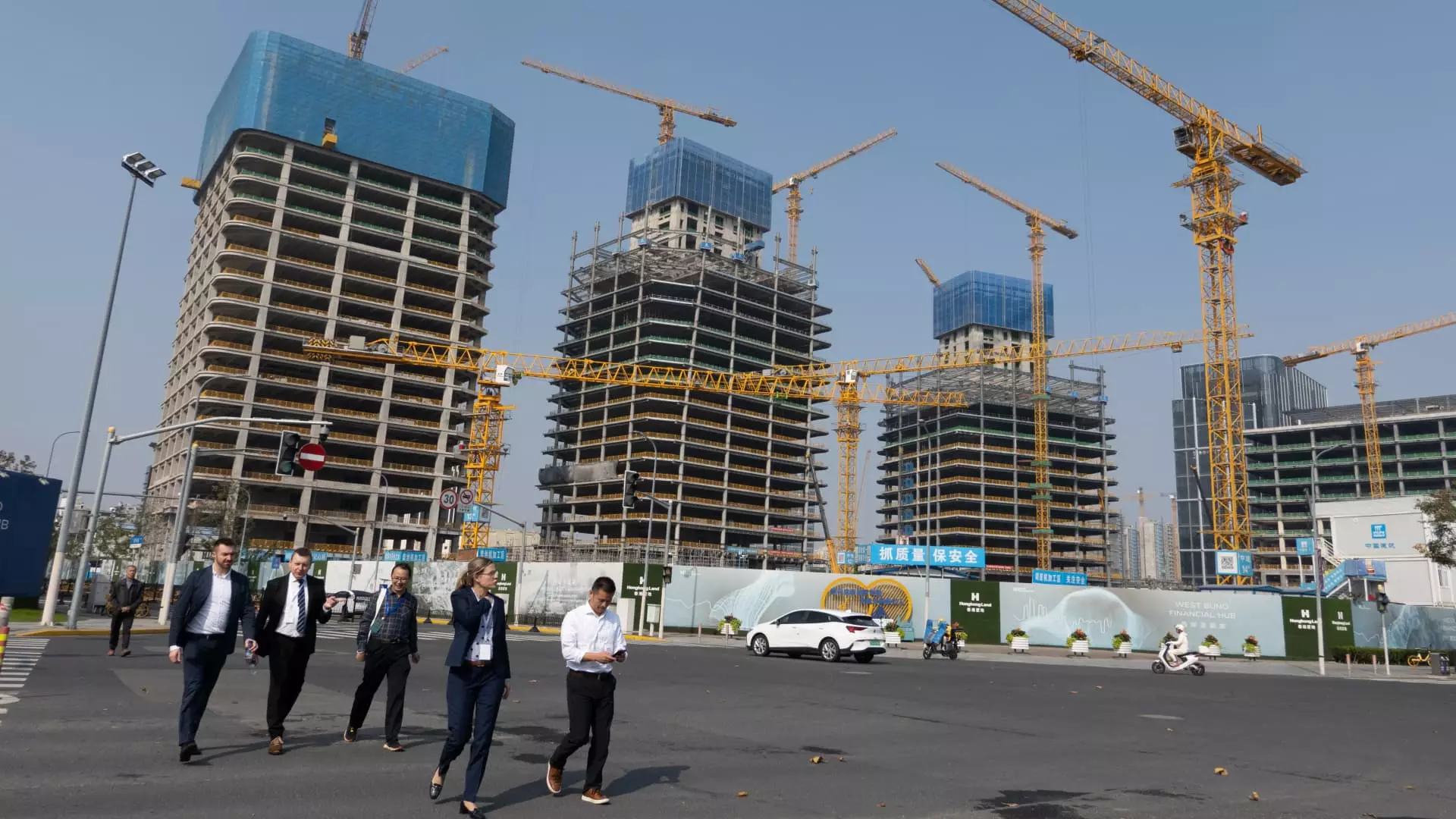As the world grapples with various economic challenges, China finds itself at a critical juncture. With the Chinese government poised to unveil a new stimulus package following a crucial parliamentary meeting, the effects of previous economic policies have come into sharper focus. Since late September, the government has actively launched initiatives aimed at countering the ongoing economic slowdown, predominantly driven by a faltering real estate market and lingering impacts from the COVID-19 pandemic.
In a bid to stabilize the economy, President Xi Jinping convened a key meeting on September 26, where vital discussions revolved around enhancing fiscal and monetary support. This move emphasizes the urgency behind addressing economic vulnerabilities, as the real estate sector—a major pillar of local government revenue—has faced significant erosion. While the People’s Bank of China has already initiated interest rate cuts to provide immediate relief, greater government spending is contingent upon legislative approval from the National People’s Congress.
Historically, this congress is where critical financial measures are authorized; for instance, last year’s increase in the fiscal deficit to 3.8% demonstrated the government’s willingness to adjust its financial strategies in response to economic pressures. Considering the recent geopolitical tensions, particularly with the United States, additional fiscal support is particularly necessary, as analysts predict growing economic headwinds as tariffs loom.
A significant aspect of the forthcoming stimulus is an anticipated focus on local government debt—a pervasive issue that has stifled regional authorities’ capability to drive economic growth. During the ongoing parliamentary session, plans are being reviewed that could potentially increase the borrowing limits for local governments, enabling them to manage their hidden debt better. Estimates by Nomura suggest that the scale of hidden debt ranges from 50 trillion yuan to 60 trillion yuan, an alarming figure that could further jeopardize local economic resilience.
Proposed measures, including a potential uptick in debt issuance by up to 10 trillion yuan, reflect an understanding that stabilizing local finances is critical for maintaining overall economic health. This strategy, if successful, could alleviate some of the financial strains on local governments and offset approximately 300 billion yuan in yearly interest payments, thereby enabling them to redirect funds to essential services and infrastructure projects.
Skepticism and Cautious Optimism
However, amid the backdrop of this ambitious economic recalibration, skepticism lingers about the extent and nature of the support that consumers might receive. Finance Minister Lan Fo’an’s comments emphasizing the need to tackle local debt rather than directly stimulating consumer spending could indicate a more conservative approach. Many analysts remain watchful, suggesting that while fiscal measures may be expanded, direct financial assistance to consumers may not be prioritized.
As China charts its economic future in a complex global landscape, the implications of these proposed stimulus initiatives could have profound effects—not only on its domestic economy but also in shaping its international trade dynamics. How the government balances stimulating growth while managing debt will be pivotal in navigating the coming years. The next few weeks will be pivotal in determining the effectiveness of these strategies and the overall direction of China’s economic recovery.

